Do you feel sluggish and weak and struggle to get through your day? Here are 21 common symptoms and causes of anemia and how to fix it.
It’s a very common scenario: a patient comes into my office complaining of fatigue, struggling to recover from exercise or make it through their workday. These are all classic signs of anemia, a medical condition that occurs when your blood doesn’t have enough red blood cells (RBCs).
Your red blood cells carry oxygen around the body and deliver it to tissues and organs, just like topping up your car’s gas tank with fuel. Not having enough red blood cells will leave you struggling to get up in the morning, struggling to find energy for exercise, and struggling to keep your focus at work.
Fight inflammation and create easy, healthy meals! We've created a FREE 7-Day AIP Meal Plan
Get Your FREE 7-Day AIP Meal Plan here.
Why is your body low in RBCs? While there are a number of reasons, there are three underlying causes.
First, you don’t make enough red blood cells. This is typically due to low levels of iron, folate, or vitamin B12, all essential for building RBCs.
Next, you’re losing blood. For women, this is typically via menses every month, while for others it may be from intestinal bleeding from inflammatory bowel diseases like Crohn’s or ulcerative colitis.
Finally, your body may be destroying its own red blood cells. This is seen in hemolytic anemias (such as thalassemia, an inherited genetic trait commonly seen in Mediterranean populations) that destroys RBCs.
How do you know if you might be anemic? Let’s take a closer look at 21 common signs and symptoms.
1. General Fatigue
[tweet_quote] The biggest hallmark of anemia is fatigue. [/tweet_quote] If you feel sluggish, lack focus at work, or struggle to make it through your day, this excessive fatigue may be a sign you have anemia.2. Paleness

Iron-deficient anemia is extremely common; the World Health Organization estimates that approximately 30 percent of the world’s population suffers from this condition. (1)
When you don’t get enough iron in your diet, your bone marrow (i.e. the squishy stuff inside your bones) lacks iron to make hemoglobin, the protein that carries the oxygen in RBCs.
3. Weakness
Do you feel like you get tired walking up stairs? Do you struggle to make it through workouts and feel like your muscles just run out of steam?
Weakness is a common symptom of anemia, and can be due to low iron, low folate (vitamin B9) or low vitamin B12 levels. When folate or B12 are low, your red blood cells end up being bigger than they should be, medically classified as a megaloblastic anemia. Today, about 12 million people suffer from low B12 levels. (2)
4. Strange Cravings To Eat Dirt, Ice, or Clay
Sounds a bit funny, but we’re not kidding on this one. If you have cravings for these non-nutritive substances, it’s an actual medical condition called “pica” and you’re likely dangerously low in iron. (3) Go see your doctor.
5. Cold Hands & Feet
Are you always wearing heavy socks to keep your feet warm, even in summer? This is another classic sign of anemia and low iron levels. Cold hands and feet are also typically seen in people with sluggish or low thyroid function, another condition in which low iron is also a common symptom. (4)
6. Hair Falling Out

You can get your iron stores in the body checked by running a lab test for ferritin. Levels above 60-70 are considered ideal, but if your hair is falling out, your levels may even be as low as single digits.
7. Brittle Nails
If you notice vertical ridges on your nails, you may suffer from poor stomach acidity. Optimal levels of stomach acid are key for producing intrinsic factor (IF), a protein needed for you to effectively absorb B12. (5)
Stomach acid is also crucial for iron absorption. If you notice your nails “spoon” from front to back, taking on a convex shape, it may be a sign of low iron.
8. Tongue Swelling & Soreness

9. Dizziness
Although low blood sugar is most commonly thought of as the primary cause of dizziness, low iron levels are also very high on the list. If you experience dizziness and multiple other symptoms on the list, then you may be struggling with anemia.
10. Headaches

11. Persistent Fatigue
Everyone gets tired from time to time. Whether it’s hitting snooze in the morning or struggling to stay alert during meetings, we all have difficulty now and again maintaining our energy.
However, if your fatigue persists for more than 8-12 weeks, you may have pernicious anemia, a type of anemia characterized by low B12 and intrinsic factor (IF).
12. Heartburn
Contrary to popular belief, heartburn is far more likely to be due to low stomach acid levels than high. Low levels of stomach acid predispose you to lower uptake of iron and B12, and anyone taking over-the-counter antacids will further impair their capacity to absorb minerals.
13. Drinking Too Much Alcohol
The more alcohol you drink, the quicker you deplete valuable B-vitamins, predisposing you to potential anemia.
14. Gray Hair

The cells that produce melanin, called melanocytes, decrease as you age, causing your hair to lose pigmentation. Vitamin B12 is essential for healthy hair, and decreased intake or absorption of vitamin B12 may lead to going gray sooner than you expect.
15. You’re Getting Older
The risk of anemia increases significantly as you age. Researchers believe it’s due to a reduction in B12 absorption due to gastric atrophy, a condition where the stomach muscles shrink and become weaker. (7)
16. A Vegetarian or Vegan Diet
The risk of anemia increases by 25 percent if you’re a vegetarian. (8) [tweet_quote] If you’re following a vegan diet, you’re even more likely to have anemia. [/tweet_quote] For those following a Paleo-vegan or “Pegan” diet, ensuring you get enough vitamin B12 in your diet is crucial.
17. Fast or Irregular Heartbeat
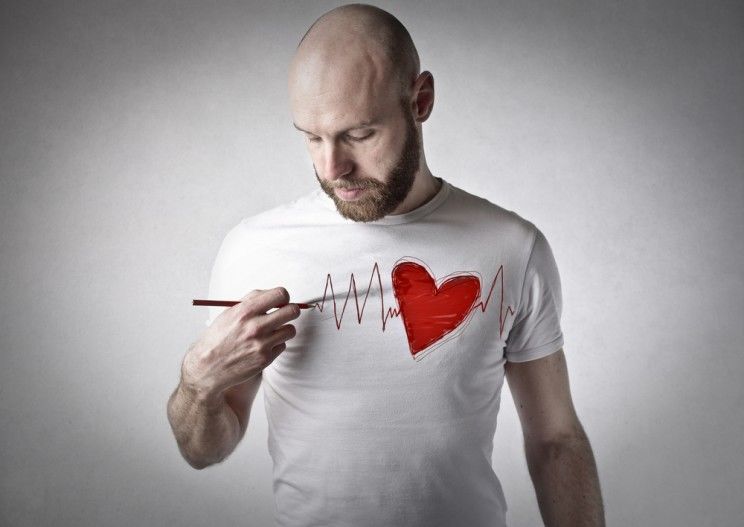
18. Heavy Menses
The longer the duration of your monthly menses, or the heavier the flow, the more at risk you are of low iron levels and anemia. If this is the case, take extra steps to adjust your diet and increase your intake of iron-rich foods to meet your increased demands.
19. Pregnancy

20. Genetics
If your family has a history of inherited anemia, such as sickle cell anemia, where a mutated form of hemoglobin changes the shape of red blood cells, leading to a half-moon shape at low RBC levels, you may also be at risk.
It’s typically found in people of African descent. Thalassemia is another inherited blood disorder where your body produces an abnormal form of hemoglobin, leading to the destruction of RBCs and lower blood levels. (10)
21. You Suffer From Chronic Disease
If you have a family history of a chronic disease such as rheumatoid arthritis, diabetes, Crohn’s disease, or certain types of cancer, you may be at greater risk of anemia.
What Should You Do About Your Symptoms?
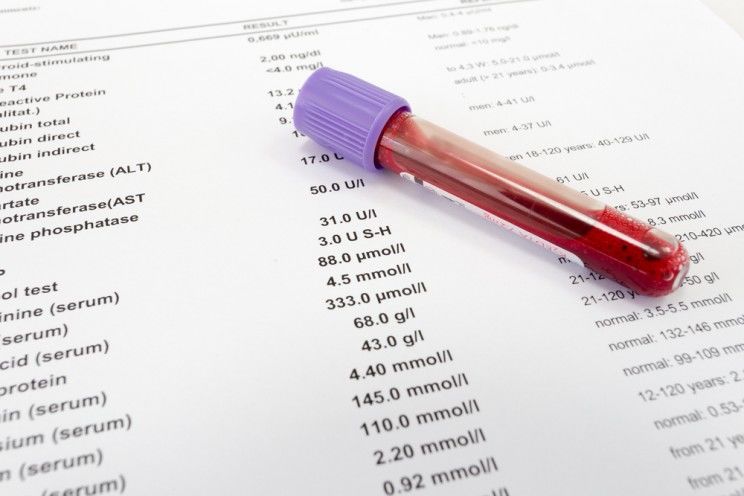
- Complete blood count (CBC) – This test will tell you the levels of RBCs in your blood and the amount of hemoglobin.
- Mean Cell Volume (MCV) – This test is included in a CBC and assesses the size of the RBCs. If your RBCs are too small, you have iron-deficiency anemia. If they are too big, you have megaloblastic anemia from low folate or B12.
- Ferritin – This test measures the amount of stored iron in your body. Levels below 60-70 ug/L are considered insufficient and frank deficiency below 12 ug/L. (11)
- Vitamin B12 – Deficiency is currently defined as a blood level < 148 pmol/L (200 pg/mL) and marginal status defined as a concentration of 148–221 pmol/L. (12) To give you some perspective, functional medical doctors and naturopaths typically aim for levels at 600 pmol/L or higher. The gold standard indicator for B12 deficiency is elevated methylmalonic acid (MMA) (13).
Foods To Fix Anemia
The benefits of following a Paleo approach is that it’s chock-full of nutrient-dense foods rich in iron, vitamin B12, and folate.
While supplementation can help in the short term, the root cause of correcting anemia is finding the right mix of foods to include regularly in your diet so you can maintain healthy levels without added supplementation.
Iron-rich foods include organ meats (all types; chicken liver is typically the most “palatable” if you’re not an organ meat fan), beef, venison, bison, elk, lamb, poultry, fish, and leafy greens like spinach and kale. As for vitamin B12, all meats, eggs, fish, and shellfish are fantastic sources.
If you feel tired, sluggish, struggle to get through workouts, and notice some or many of the symptoms on this list, it’s worthwhile to do your due diligence and get yourself assessed.
It’s tough enough getting through busy days, stressful jobs, intense workouts, and balancing friends and family, so don’t let anemia add another “roadblock” to your path to better health and vitality.
(Read This Next: The Harmful Effects of Vitamin B12 Deficiency)


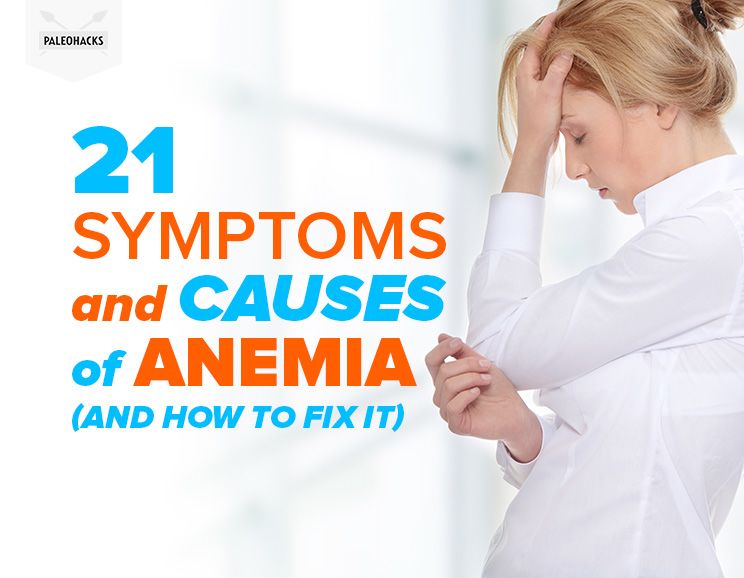
 Spicy Honey ‘Soy’ Chicken Skewers
Spicy Honey ‘Soy’ Chicken Skewers



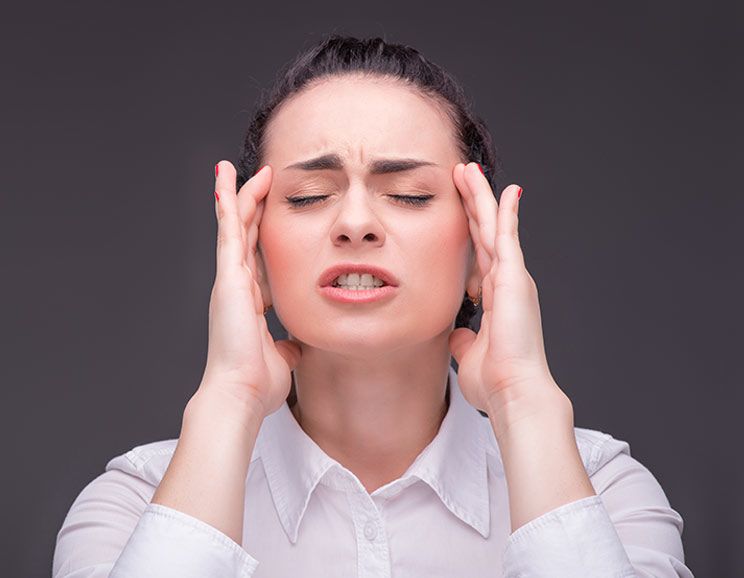

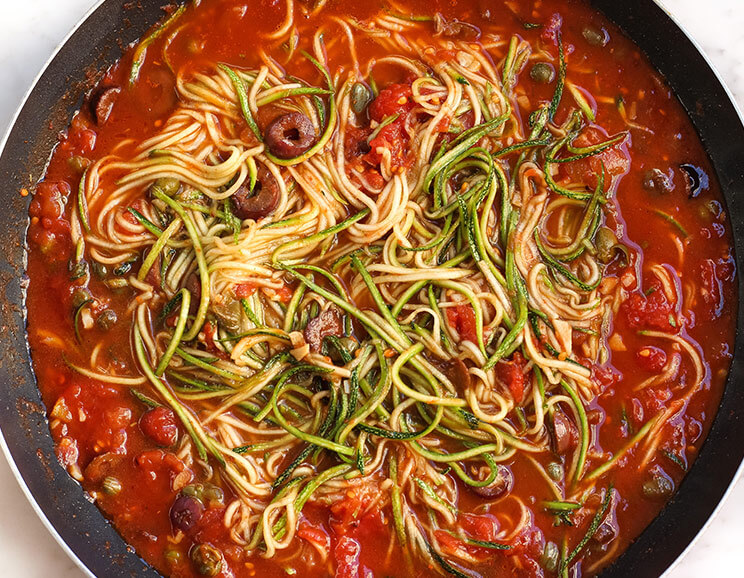



Show Comments